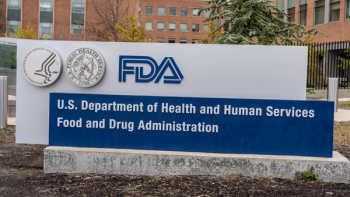
Putting a Price Tag on Compliance: Cheap Change or Big Bucks?
Compliance rules under the US Physician Payments Sunshine Act have been criticized for the excruciating level of detail demanded from individual company submissions.
John Kamp, Executive Director, Coalition for Healthcare Communication
Compliance rules under the US Physician Payments Sunshine Act have been criticized for the excruciating level of detail demanded from individual company submissions. But relatively little scrutiny has been accorded to another pressing question: how much will all this new reporting cost? The burden of compliance for not just this new law but in many other areas of regulation has emerged as a key argument for those who contend US international competitiveness is declining. It is driving business interest in negotiation of a comprehensive free-trade agreement between the US and that other major global center of regulation, the European Union.
Indeed, Pharm Exec ran a guest column this month from the law firm Sidley Austin citing the global proliferation of compliance rules as “big Pharma’s newest cost center.” Feedback we received from the column indicates a strongly skeptical reaction to the estimates we plumbed from regulators on the US Sunshine Act alone. The Center for Medicare and Medicaid Services [CMS], for example, predicted earlier this year that average labor and infrastructure costs for the big ten pharmaceutical companies in meeting the Act’s reporting provisions would amount to no more than $200,000 annually, falling back over time. Smaller companies, with fewer than 750 US employees, would spend much less – as little as $4,000 for infrastructure costs in the first year. That sounds like a mid-20th century purchasing proposition to us – it’s hard to imagine any contemporary vendor offering an integrated, customized package of software technology on promotional payments for that kind of price.
John Kamp, Executive Director of the Coalition for Healthcare Communications, an industry group, believes the feds have “vastly underestimated” the cost of monitoring pharma’s promotional payments. “That $200k estimate is comparable to the assertion it takes only one hour to do our federal taxes each year. I’m guessing that every covered company will have to retain at least one or two full time professionals dedicated to compliance with the Sunshine Act, with scores of others dedicating a fixed portion of their time and salaries to processing data, filling in the contact details and proactively working to avoid penalties for the inaccuracies that trigger non-compliance. Kamp told Pharm Exec that the Act adds an implicit new responsibility to upgrade the proactive management of company relationships with the thousands of physicians that participate in collaborative work. He notes that some drug makers are planning to launch toll-free phone banks with dedicated personnel to answer questions and address complaints pursuant to the law.
That’s getting a lot closer to a full-scale 21st century commitment – so it may be time to recast that $200k in multiples of ten. Let us know: what do you think it will cost?
Newsletter
Lead with insight with the Pharmaceutical Executive newsletter, featuring strategic analysis, leadership trends, and market intelligence for biopharma decision-makers.





